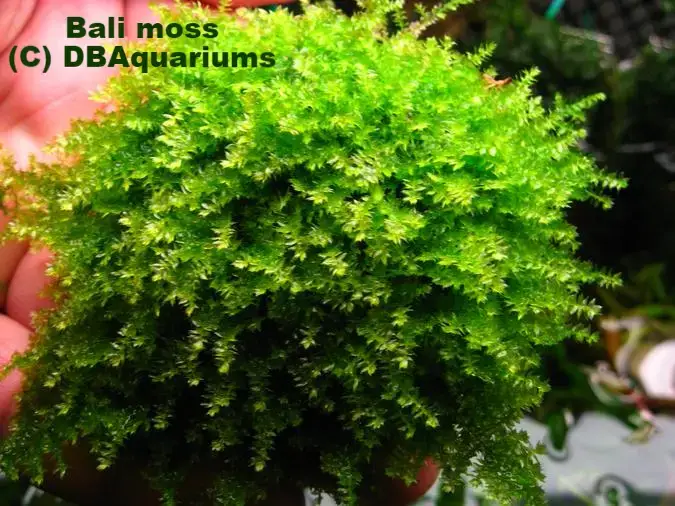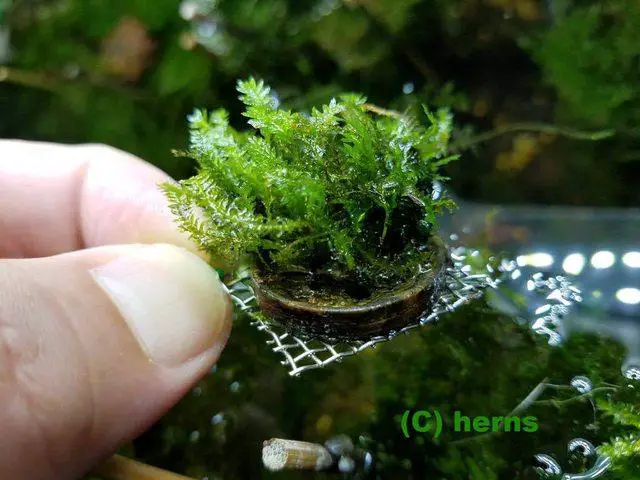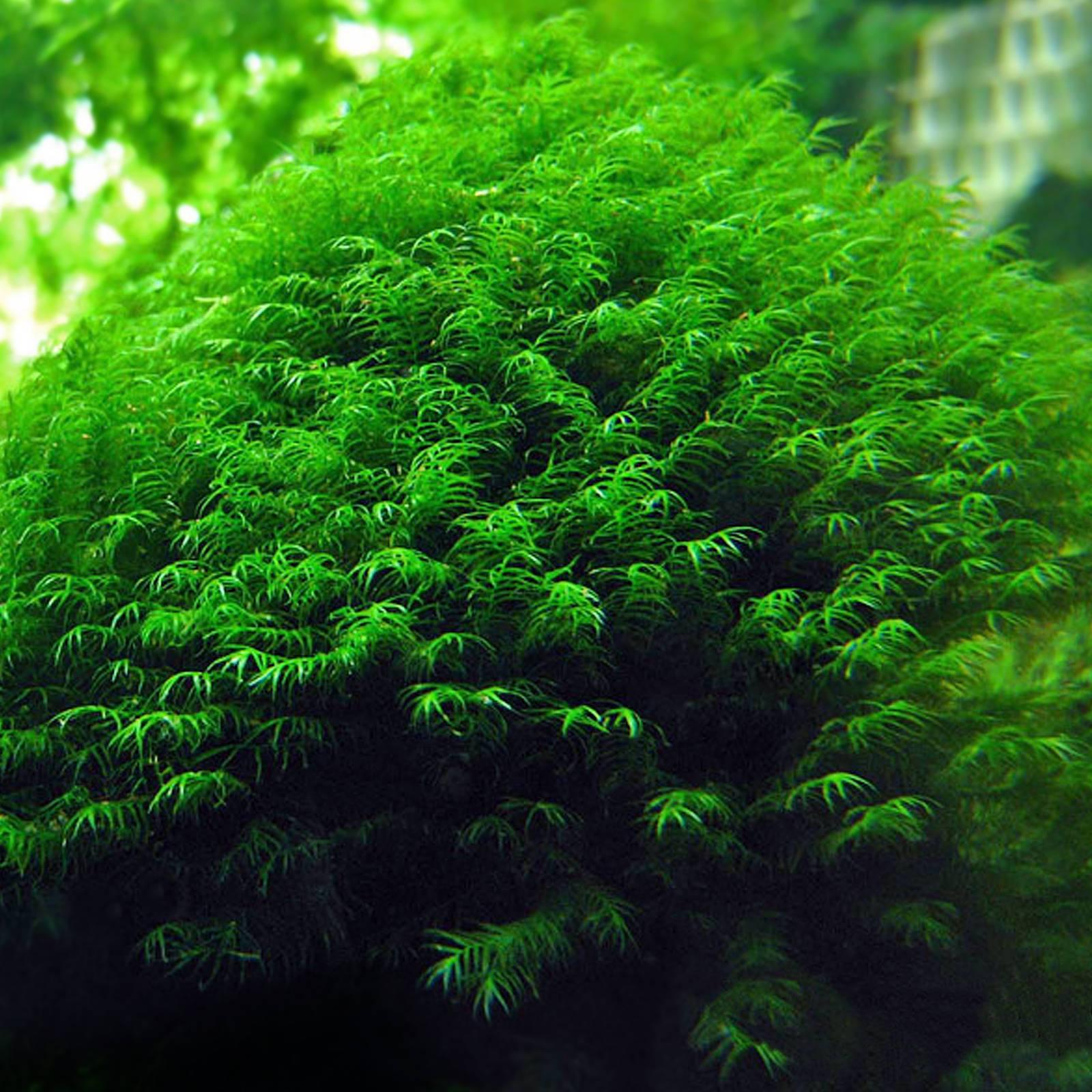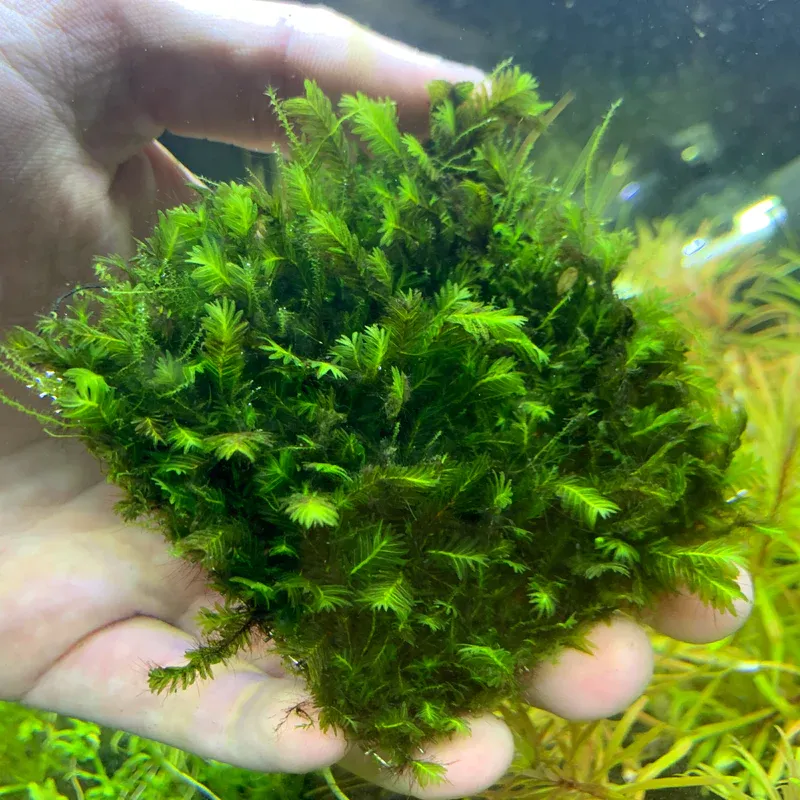
dY0JrbH.jpg from: https://www.aquaticplantcentral.com/forumapc/sale-trade/142723-ultra-rare-fissidens-35-variety-moss.html
Fissidens leptophyllus Mont.: A Fascinating Moss of the Fissidentaceae Family
Fissidens leptophyllus Mont., commonly known as Fissidens, is a captivating species of moss belonging to the Fissidentaceae family. This tiny but mighty plant plays a significant role in its ecosystems and boasts unique adaptations. In this blog post, we’ll dive into the world of Fissidens leptophyllus and explore its morphology, global distribution, habitat, ecological roles, and adaptations.
Background on Bryophytes and Mosses
Before we focus on Fissidens specifically, let’s briefly review what mosses are. Mosses are non-vascular plants in the division Bryophyta. They lack true roots, stems, and leaves, instead having structures that serve similar functions. Mosses reproduce via spores rather than seeds and are found in diverse habitats worldwide, from arctic tundra to tropical rainforests.
Morphology and Identification of Fissidens leptophyllus

D3OuavJl.jpg from: https://www.aquaticplantcentral.com/threads/ultra-rare-fissidens-35-variety-moss.142723/
Fissidens leptophyllus is a small acrocarpous moss, meaning its sporophytes grow at the tips of the stems. Its shoots are typically under 1 cm tall. The leaves are distichous (arranged in two opposite rows) and conduplicate (folded together lengthwise). Each leaf has a

fissidens-fontanus-phoenix-moss-4_2048x2048.jpg from: https://shrimperyandaquatics.com/collections/plants-moss/products/fissiden-moss
sheathing base that clasps the stem and a unistratose lamina (composed of a single layer of cells). The leaf margins are entire and the

IMG_0511_800x.jpg from: https://aquaticmotiv.com/products/fissidens-nobilis-moss-mat-fissidens-nobilis
costa (midrib) ends below the apex.
The seta (stalk bearing the capsule) is lateral, smooth, and yellowish to reddish-brown. Capsules are erect to inclined, cylindrical, and have a rostrate operculum (beaked lid). Spores are spherical and papillose.
Global Distribution and Habitat
Fissidens leptophyllus has a wide distribution, found in North America, Central America, South America, Europe, Africa, Asia, and Australia. It grows on shaded, moist soil banks, cliff crevices, and tree bases in lowland to montane forests. This species prefers humid, subtropical to tropical climates.
Ecological Roles and Adaptations
Like other mosses, Fissidens leptophyllus plays important roles in its ecosystems:
Nutrient cycling: It efficiently absorbs nutrients from rainwater and traps organic debris, later releasing nutrients back to the ecosystem.
Moisture retention: Fissidens helps retain moisture in its environment, both in the soil and by providing humid microhabitats for invertebrates and other organisms.
Erosion control: By covering soil surfaces, this moss helps prevent erosion.
Carbon sequestration: Fissidens contributes to carbon storage, albeit on a small scale.
Fissidens leptophyllus has several adaptations that allow it to thrive:
- Conduplicate leaves help conserve moisture
- Leaf costa and unistratose lamina facilitate gas exchange and light capture
- Papillose spores aid in dispersal and attachment to substrates
- Rhizoids anchor the moss and absorb water and nutrients
Fissidens leptophyllus Characteristics Table
| Characteristic | Description |
|---|---|
| Division | Bryophyta |
| Class | Bryopsida |
| Family | Fissidentaceae |
| Genus | Fissidens |
| Species | F. leptophyllus |
| Growth form | Acrocarpous |
| Leaf arrangement | Distichous |
| Leaf shape | Conduplicate with sheathing base |
| Costa | Ending below apex |
| Habitat | Shaded soil, rock, tree bases |
| Distribution | Widespread globally |
Conclusion
Fissidens leptophyllus Mont. may be small, but it is a remarkable moss with a fascinating biology and important ecological roles. From its unique morphology to its global distribution and adaptations, this species showcases the incredible diversity within the Bryophyta. Next time you’re in a humid forest, take a closer look – you might just spot a patch of Fissidens thriving in the understory. What other secrets do you think this mighty moss holds?